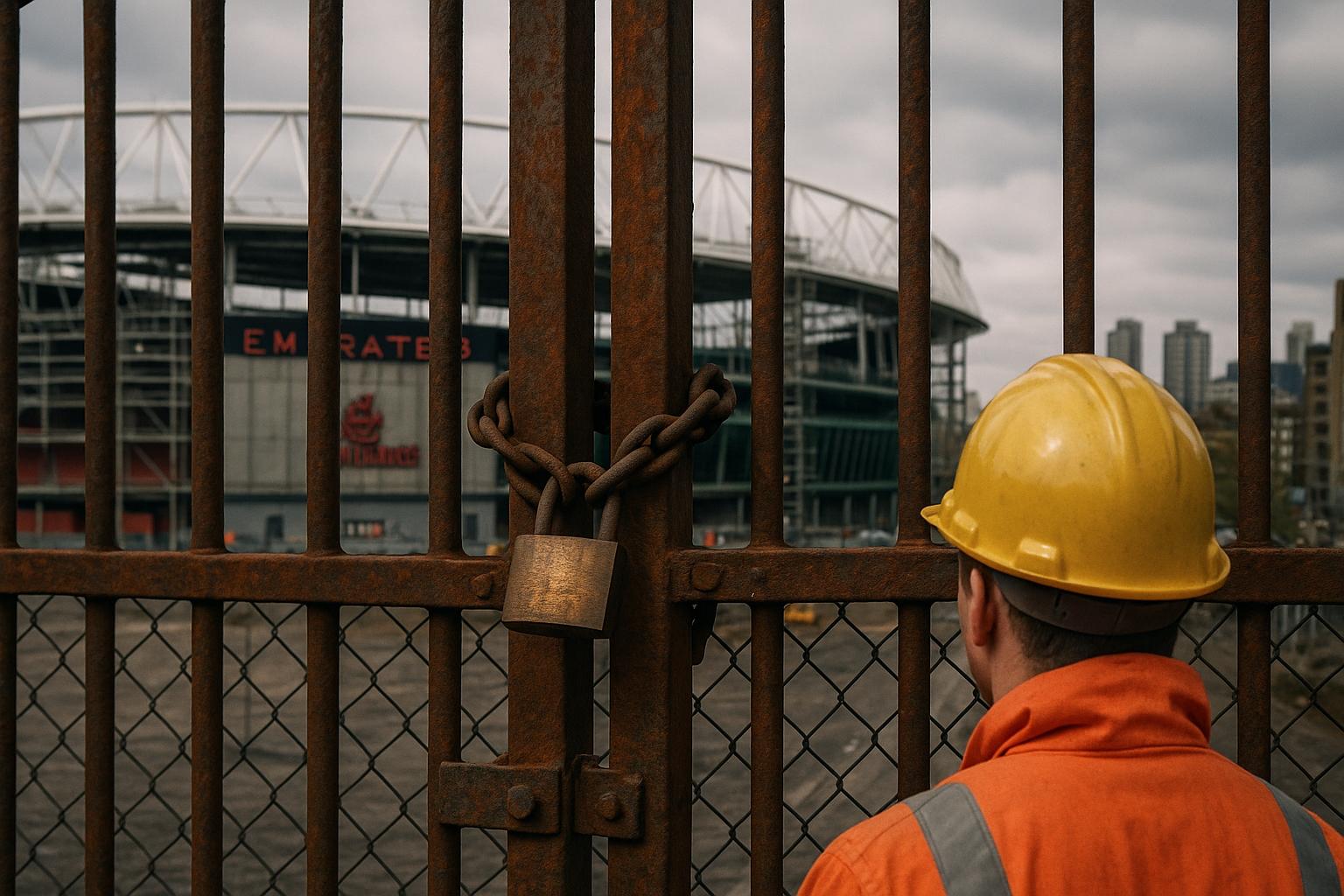London Mayor Sir Sadiq Khan has issued a cautious warning to Arsenal Football Club regarding their ambitious plans to expand the Emirates Stadium. The club is reportedly considering a major redevelopment project valued at around £500 million to increase the stadium's capacity from its current 60,700 to over 70,000 seats. Such an expansion would potentially make the Emirates the largest club stadium in London, excluding Wembley, and the second biggest in the Premier League after Old Trafford. This move comes amid a significant season ticket waiting list, thought to exceed 100,000 fans, underscoring the high demand and potential financial gains from increased matchday revenue.
Speaking at the launch of his Violence Reduction Unit (VRU) partnership with London United, a coalition representing community teams from 17 of the capital's professional football clubs, Khan acknowledged the logic behind Arsenal's plans. He expressed understanding of the club's desire to grow their fanbase access and boost revenues, particularly given their current Premier League success. However, he also acknowledged the significant "obstacles" the club will face, particularly concerns from local councils and residents, which tend to accompany such large-scale urban stadium projects. Khan highlighted the competitive stadium capacities in London, referencing West Ham’s London Stadium and Tottenham Hotspur's new venue, to contextualise the importance Arsenal places on expansion.
The proposed redevelopment of the Emirates Stadium is described by experts as a complex logistical and architectural challenge. The stadium’s current structure, featuring a roof supported by just eight points, demands significant redesign work to safely add approximately 10,000 additional seats. The outer bowl of the stadium is expected to remain largely unchanged, but the internal infrastructure will require extensive modifications. This complexity increases the project's cost and duration, with planning permissions potentially taking up to five years.
Due to these challenges, Arsenal may need to temporarily relocate during construction. Wembley Stadium is widely considered the most likely alternative home for the club during this period, following a precedent set by Tottenham Hotspur during their stadium build. This temporary move would help mitigate the disruption to the club’s Premier League fixtures and fan experience.
While Arsenal has reportedly been exploring various options for the redevelopment, no formal planning application has yet been submitted, and local authorities like Islington Council have stated that no official discussions are currently underway. The club’s stated intention involves not only expanding the stadium capacity but also improving other facilities, including the training ground, as part of a broader long-term development plan.
This expansion project arrives against a backdrop of tightening Premier League Profit and Sustainability Rules (PSR) and Financial Fair Play (FFP) regulations, which place greater scrutiny on club spending. Increasing stadium capacity and thereby matchday revenues would strengthen Arsenal’s financial position, aiding compliance with these regulations while satisfying a large and eager fan base.
In sum, while the prospect of an expanded Emirates Stadium carries exciting potential both commercially and for fan engagement, it remains contingent on overcoming significant architectural, logistical, and community hurdles. Sir Sadiq Khan’s cautious endorsement underscores the balancing act between ambition and practical realities in the heart of London’s football landscape.
📌 Reference Map:
- Paragraph 1 – [1] Mirror, [2] Mirror, [3] FourFourTwo
- Paragraph 2 – [1] Mirror
- Paragraph 3 – [6] 1BoxOffice, [7] Construction News
- Paragraph 4 – [3] FourFourTwo, [5] ConstructionWave
- Paragraph 5 – [3] FourFourTwo, [4] Sky Sports
- Paragraph 6 – [1] Mirror, [2] Mirror
- Paragraph 7 – [1] Mirror, [2] Mirror
Source: Noah Wire Services
